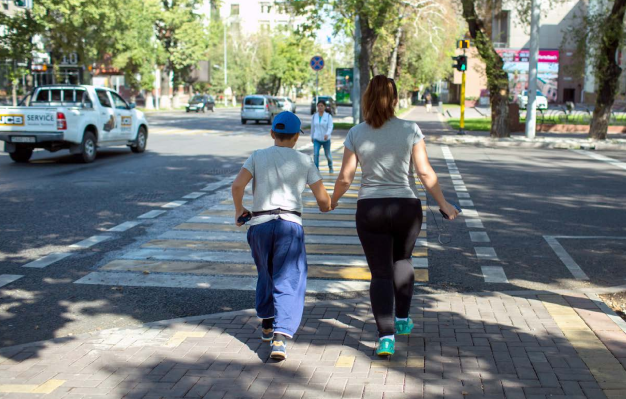
UNICEF Technical Guidance for Child and Adolescent Road Safety
New technical guidance published by children’s charity UNICEF examines some of the key global factors around child and adolescent road safety.
Worldwide, it says, nearly 220,000 children and adolescents aged 0-19 years die every year as a result road traffic injuries. That equates to more than 600 preventable road deaths among children and young people each day – or a death almost every two minutes.
The guidance aims to:
- raise awareness about the magnitude, impacts and risk factors of child and adolescent road traffic injuries;
- draw attention to the preventability of child and adolescent road traffic injuries and share what is known about evidence-based intervention strategies; and
- support and provide guidance for planning, implementation and monitoring of recommended actions for child and adolescent road safety.
It highlights examples of good practice around the world, including the roles played by city authorities in conjunction with various stakeholders, and methods for monitoring and evaluating data.
The guide is, above all, intended to be a practical tool for as many organisations and individuals as possible to apply in their own working environments, including how to implement effective road safety education programmes.
“Road safety is not only a transport challenge, it is also a child rights issue, linked to health and survival, education, protection and participation rights and a global development challenge with strong impacts on health, wellbeing and economic growth,” says UNICEF.
The guide also looks at the benefits of green spaces to children ‘along the journey’, saying that such spaces, ‘designed with safety and accessibility in mind support traffic calming, reduce road traffic injuries in urban environments and encourage walking and cycling, rather than motor transport’.
“Road traffic crashes are a leading killer of children and adolescents around the world – these deaths are preventable. Low-cost solutions with cross-cutting benefits for people, planet and profits exist.
“Sadly, these solutions are often ignored because our roads have been designed to meet the needs of adults using motorised transport, and not the needs of children who interact with the road environment as pedestrians, cyclists and passengers,” adds the guidance.
Click here to download the guide (PDF format).




